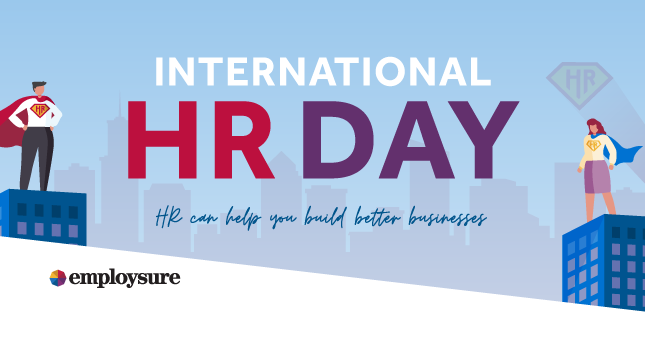
[1] 62% of Australian employees suffering from burnout are dreading the Christmas season. The challenges of skyrocketing expenses, inflation, and labour shortages indicate that we are not approaching the usually festive season full of cheer. The holiday season is a time of uncertainty for businesses and business owners. Just how are your employees coping with the stress and how can you help them avoid employee burnout?
Employee burnout becomes common around the holiday season when workloads increase, and deadlines become shorter. Studies have shown that the number of hours people work each week does matter, with burnout risk increasing significantly when work exceeds 50 hours and climbing even higher after 60 hours [2].
Several employees dread the build-up to Christmas because it is busy, stressful, and even traumatic. Many employees are dealing with additional expenses, handling childcare, or struggling to manage family expectations. [3] 43% of retail workers are at risk around the holidays due to increased demand, longer hours, stressful workloads, and increased customer expectations.
“The festive season is not the time to let your employees fall victim to burnout. It can have severe implications for their long-term well-being and there is a misconception that taking time off over the holidays can be the cure for burnout, it isn’t. Excessive and mounting work is not the only cause of employee burnout; it can be brought on by a lack of employee engagement and management especially when employers fail to prioritise these aspects of employee management,” commented Employsure Head of Health and Safety, Felix Yeung.
“[4] Burnout should not be mistaken for stress, though they are connected. Experiencing excess stress or unmanaged stress for extended periods can cause burnout. The significant difference is that stress can be reduced, but burnout is trickier to resolve because of the overall symptoms and effects,” he further commented.
Mr Yeung concluded with, “Burnout can be prevented. It’s important that employers develop an awareness to recognise the signs of burnout to avoid and to reduce the negative impact of burnout. Prepare for all contingencies if the holidays are a busy period for their business. Employers should encourage open communication and reporting of concerns by their employees so that psychosocial hazards that may be negatively affecting employee health and wellbeing can be identified. This will provide employers valuable insights to develop mitigation strategies to support their employees. Create a realistic timeline of projects and share it with employees, hire extra staff, when necessary, push back on projects that may not be urgent and have a set cut-off date for orders or deliveries before the holidays.”
It can be hard to muster up motivation at the end of the year especially when employees are looking forward to their holidays or breaks, and the festivities can make it tricky to focus. Integrate meaningful motivation and rewards for your employees. An inclusive and supportive recognition program can boost your employees’ motivation and push them to perform better, not just over Christmas but over their complete lifecycle with the business.
[2] Employee Burnout: The Biggest Myth (gallup.com)



